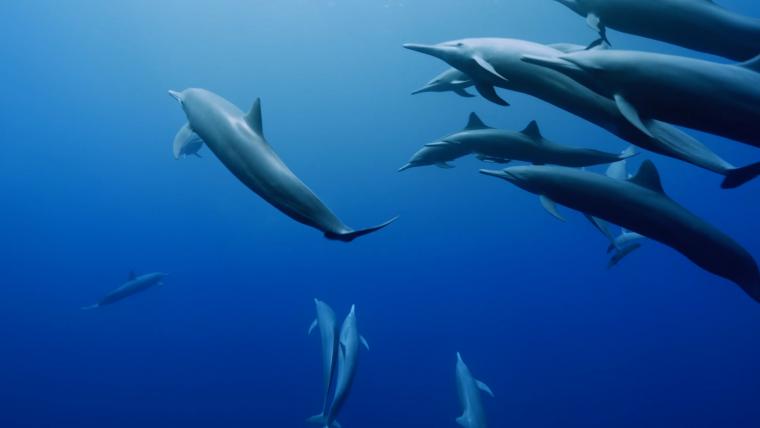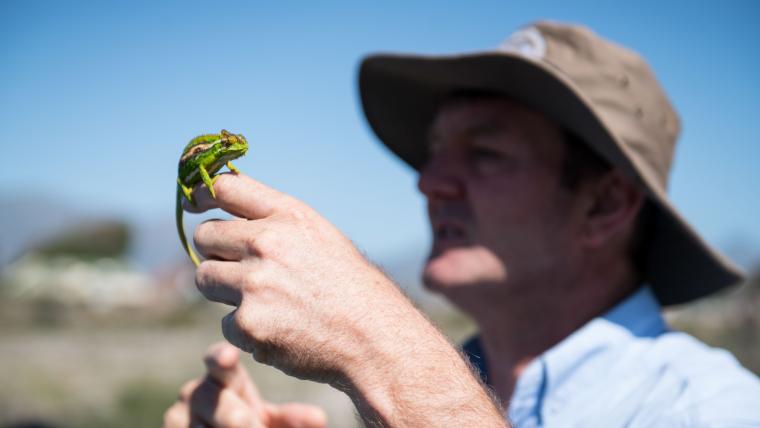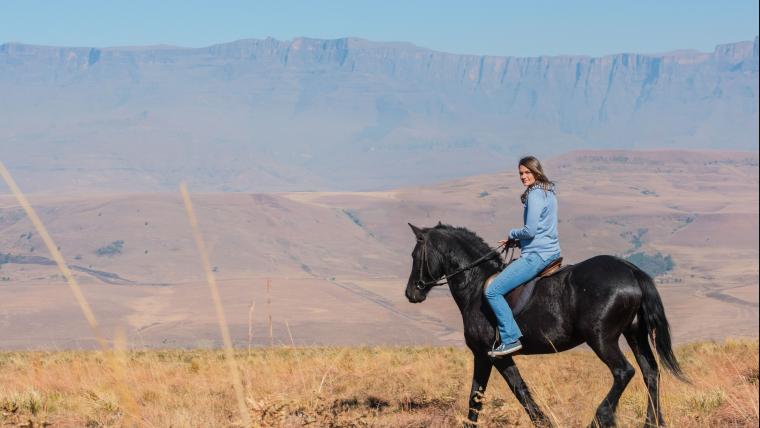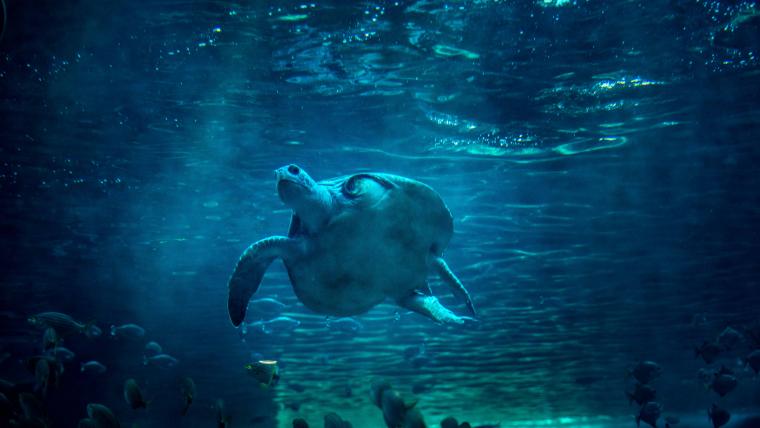
For captive whales and dolphins, this sanctuary is their first chance at freedom
A concrete tank is no place for a whale or dolphin. Yet over 3 000 of these animals are held captive across the world as part of the entertainment industry. Spending years barricaded from their natural habitat takes an extreme toll. Many are unfit to return to the wild. Others will stop eating, waste away, and eventually die. Lori Marino, together with The Whale Sanctuary Project, is ensuring the mammals can flourish. She’s developing the first-ever haven in North America for these cetaceans. “Our main mission is to create a permanent sanctuary that is as close as possible to their natural habitat,” Marino says.
A trailblazing neuroscientist, Marino’s work has revolutionised people’s understanding of the intelligence of dolphins and whales. Being held in captivity causes them immense stress. “The science is clear, there is no debate – they do very poorly in concrete tanks,” Marino says. Cetaceans form strong bonds with their family, and can experience grief when ripped away from their pods. Marino’s project focuses on formerly captive mammals who have been rescued or retired from theme parks and aquariums, as well as wildlife in need of rehabilitation. These animals will be relocated to a seaside sanctuary in Nova Scotia, where they can finally find freedom.
Whales and dolphins are not for our entertainment. In a natural environment, they will be able to swim and dive independently of humans. With her sanctuary, Marino is leading a movement against cruelty and fostering empathy for these bright creatures. “It’s time to start making up for what we’ve done and giving them an opportunity to just live their lives,” she says.
Footage by The Whale Sanctuary Project was used in the creation of this film.






























Please sign in to leave a comment